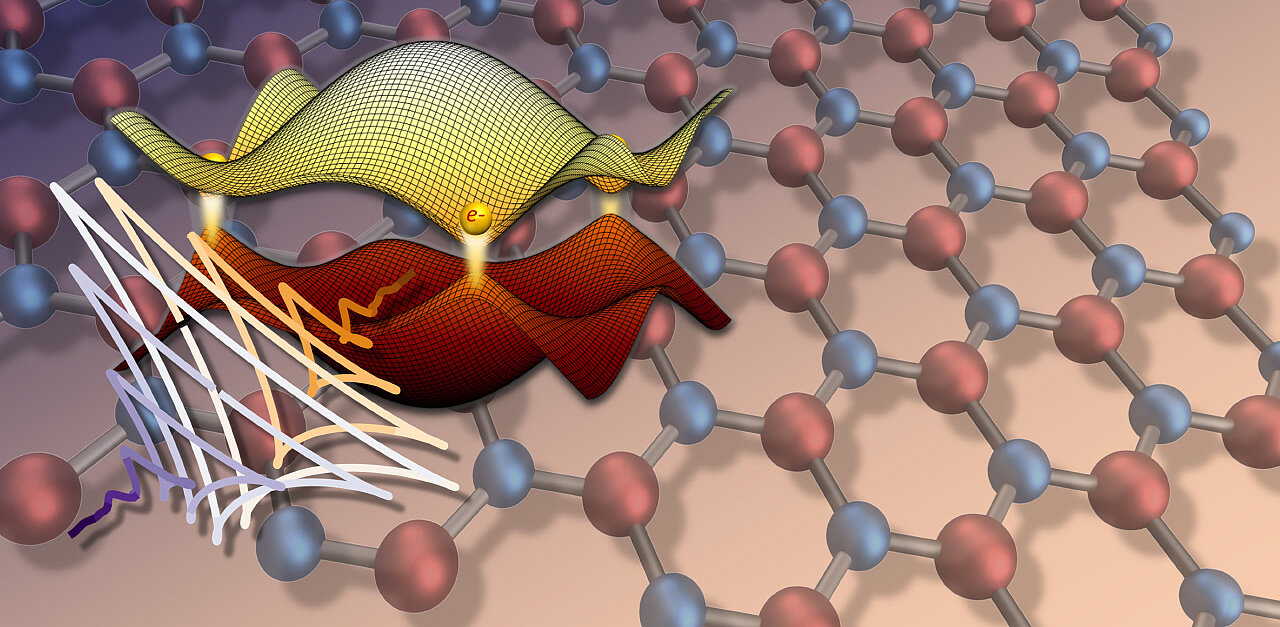A team of scientists around Dr. Shubhadeep Biswas and Prof. Matthias Kling from the Department of Energy’s SLAC National Accelerator Laboratory and Stanford University, the Max Planck Institute of Quantum Optics and the Ludwig-Maximilians-Universität München has developed a groundbreaking method that harnesses the structure of light to twist and tweak the properties of quantum materials. Their results, published in Nature, pave the way for advancements in next generation quantum electronics, quantum computing and information technology.
The team applied this method to a material known as hexagonal boron nitride (hBN), a single layer of atoms arranged in a honeycomb pattern with properties that make it uniquely suited for quantum manipulation. In their experiments, the scientists used a special kind of light, whose electric field looks like a trefoil, to change and control the material's behavior on a quantum level at an ultrafast time scale.
For more information see here:

Photo courtesy: Xinxin Cheng
Illustration: Shubhadeep Biswas
Original publication:
Mitra, S., Jiménez-Galán, Á., Aulich, M. et al.
Light-wave-controlled Haldane model in monolayer hexagonal boron nitride
Nature (2024)
https://doi.org/10.1038/s41586-024-07244-z
